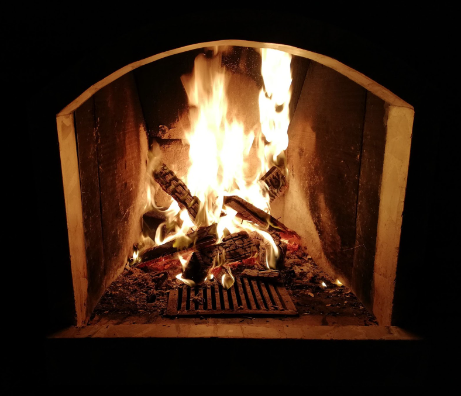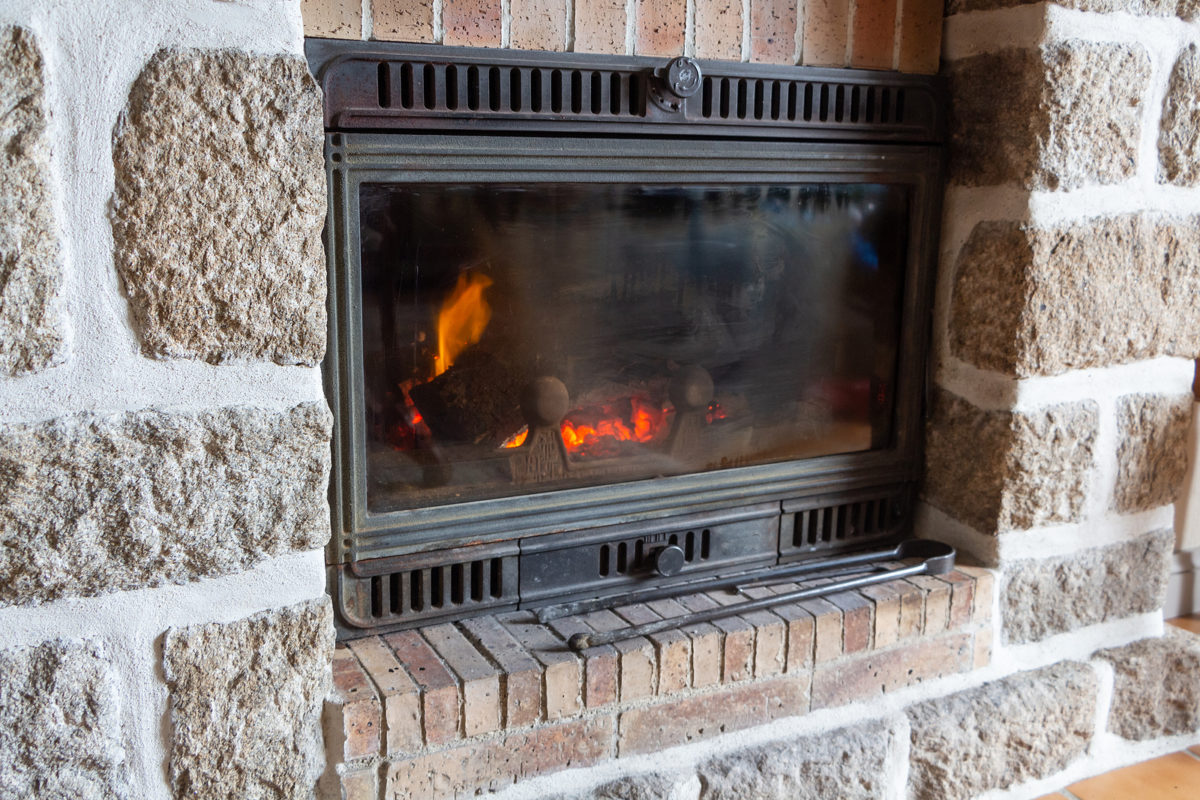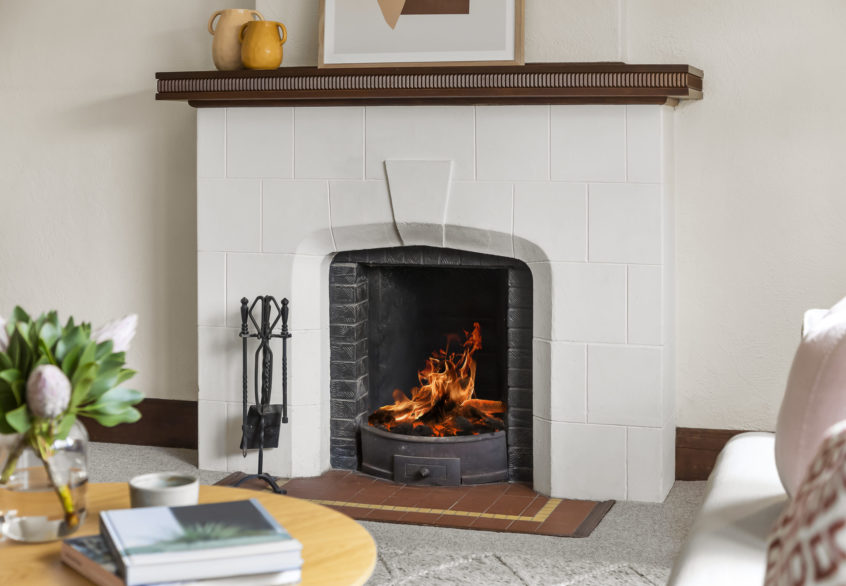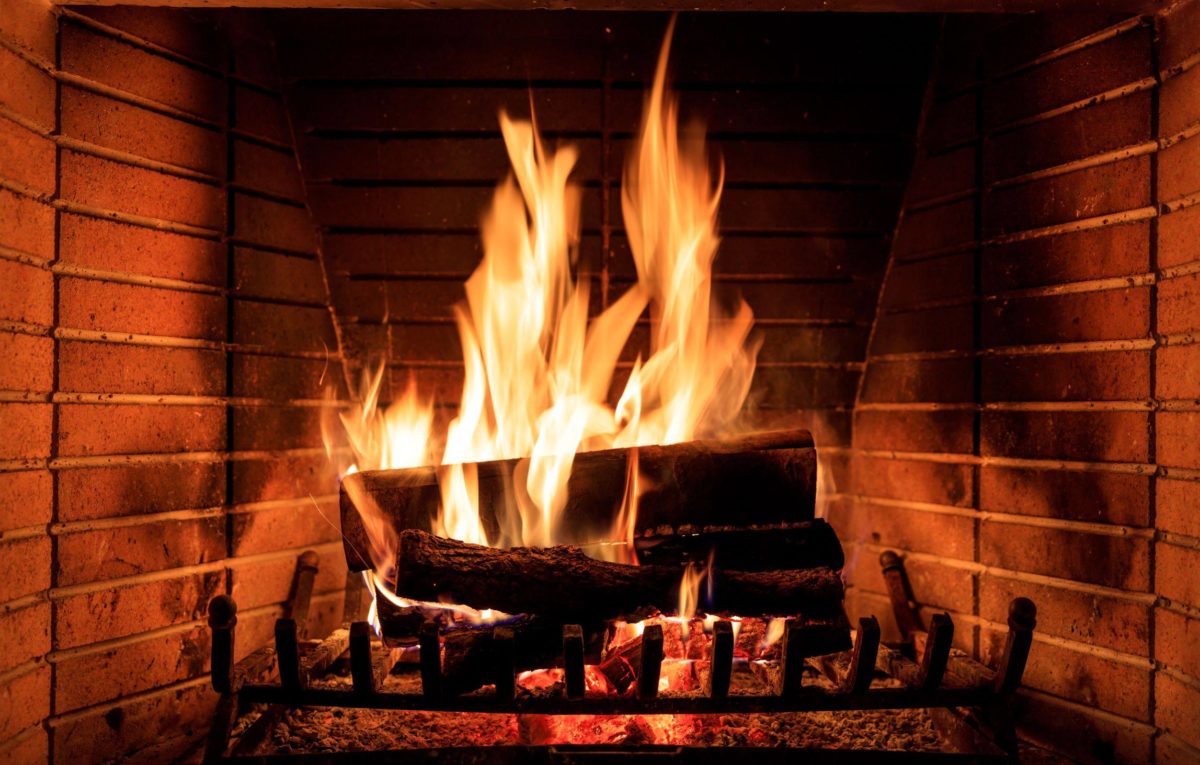Any idea about Chimney Lining repair? Imagine cozying up next to a warm fireplace on a chilly evening, the crackling sounds and the scent of burning wood filling your home. Now, imagine the scene ruined by the realization that your chimney isn’t functioning properly. Chilling, isn’t it?
The hearth has been a cornerstone of our homes for centuries. It’s more than just a source of warmth; it’s where we gather, celebrate, and create memories. Yet, it’s easy to forget about the essential maintenance that ensures its safety and efficiency. Your chimney, specifically the lining, plays a crucial role in this.
We’ve put together a comprehensive yearly checklist for chimney lining repair and maintenance. Let’s ensure your fireplace remains the warm, welcoming heart of your home!
Chimney Lining Repair Checklist
✅ Chimney Lining Repair: Inspection Time
Check for cracks or gaps in the lining.
Look for white, powdery deposits indicating moisture issues.
Detect any unusual odors hinting at blockages or animals.
✅ Chimney Lining Repair: Addressing Cracks or Gaps
Understand the threats: Heat transfer, toxic gas leakage, decreased efficiency, and moisture penetration.
Consult a professional for chimney lining repair or replacement.
✅ Chimney Lining Repair: Dealing with White, Powdery Deposits (Efflorescence)
Recognize it as a sign of moisture.
Waterproof the chimney.
Install a chimney cap.
Regularly maintain and repair any damages.
✅ Chimney Lining Repair: Animal Concerns
Be aware of birds, raccoons, squirrels, and bats.
Install a chimney cap with mesh siding.
If you suspect a live animal, call Vector Control in your area.
✅ Chimney Lining Repair: Sweeping Away Soot & Creosote
Be cautious of creosote build-up.
Sweep the chimney when there’s a 1/8-inch accumulation.
✅ Chimney Lining Repair: Checking for External Damage
Inspect for water damage.
Look for nests or obstructions.
✅ Chimney Lining Repair: Damper Check
Ensure smooth operation of the damper.
Check for any resistance or noise.
Now, let’s dive into the “Why” behind each element on our checklist.
Why the Chimney Lining Repair Matters
The chimney lining, or flue liner, is a vital component that serves several functions:
1️⃣ Protection: It shields the house and combustible materials from heat and sparks, preventing potential fires.
2️⃣ Efficiency: Properly maintained liners ensure that the heat and smoke move smoothly and swiftly out of the chimney.
3️⃣ Durability: A lining reduces corrosion in the chimney, ensuring a longer life for the structure.
Neglecting it could lead to hazards like toxic gas leaks or house fires. Hence, yearly maintenance is not just suggested – it’s essential.
The Yearly Chimney Lining Repair Checklist
Inspection Time
The first chimney lining repair step? A thorough inspection. You don’t need to be a chimney expert (although consulting one would certainly help), but with a flashlight and a keen eye, you can spot the early warning signs:
-
-
- Cracks or gaps in the lining.
- White, powdery deposits – a sign of moisture issues.
- Any unusual odors hinting at blockages or animals.
-
Why cracks or gaps are a problem
Cracks and gaps in the chimney lining pose several significant threats to both the safety of the house and its occupants. Here’s why:
-
- Heat Transfer: Cracks can allow excessive heat to transfer to the nearby wooden structures of the house, making them susceptible to catching fire.
- Toxic Gas Leakage: Gaps and cracks can let dangerous gases, like carbon monoxide, seep into the home instead of being vented outside. Carbon monoxide is particularly dangerous because it’s odorless and colorless, making it hard to detect until it’s too late.
- Decreased Efficiency: These imperfections can interrupt the smooth flow of smoke and gases out of the chimney, leading to reduced fireplace efficiency and an increase in the risk of backdrafts.
- Moisture Penetration: Rainwater or snow can infiltrate these cracks, leading to further damage and potential mold growth, which can compromise the health of the home’s occupants.
What causes white, powdery deposits and how they can be prevented
The white, powdery substance that sometimes appears on the inner walls of chimneys is known as efflorescence. Here’s a deeper dive into its cause and prevention:
Cause
Efflorescence is caused by moisture. When water penetrates the bricks and mortar of a chimney, it can dissolve naturally occurring salts within these materials. As the water evaporates from the chimney’s surface, it leaves these salts behind, which then crystallize into the white, powdery deposits you see.
Prevention
-
- Waterproofing: Have your chimney waterproofed by professionals. This involves applying a specially designed sealant that keeps water out while still allowing the chimney to breathe.
- Cap Installation: A chimney cap can prevent rain and snow from entering the chimney, thus reducing the chances of water penetration.
- Regular Maintenance: Periodic inspection and repair of any cracks or damage to the chimney can help in preventing moisture from seeping in.
Animals that commonly nest in chimneys and the problems they can cause
A variety of animals see the chimney as a prime nesting spot due to its warmth and protection from predators. Here are some of the most common ones and the issues they bring:
-
- Birds: Birds, especially swifts, are known to make nests in chimneys. Apart from the obvious blockage, their nests can also become fire hazards. Additionally, some birds are protected by law, meaning once they nest, you can’t disturb them until they leave on their own.
- Raccoons: Being excellent climbers, raccoons often find their way into chimneys to give birth and raise their young. They can be aggressive, especially when they have babies, and their presence can lead to noise, unpleasant odors, and blockages.
- Squirrels: Similar to raccoons, squirrels can climb into chimneys and set up residence. They can bring in nesting material, creating potential blockages and fire hazards.
- Bats: Chimneys can be an inviting place for bats. While they don’t create nests like birds, their droppings, known as guano, can accumulate and become a health risk, as they can harbor fungal spores that cause respiratory issues in humans.
Prevention
Installing a chimney cap with mesh siding can prevent animals from entering while still allowing smoke and gases to escape. Regular inspections can also help in early detection and removal of any unwanted guests.
If you suspect that a live animal has made its residence in your chimney, call Vector Control as soon as possible.
Sweeping Away Soot & Creosote
These are the unwanted guests in your chimney, with creosote being especially dangerous. A byproduct of burning wood, it’s a flammable substance. A build-up can lead to chimney fires. Experts recommend a sweeping once there’s a 1/8-inch accumulation.
Checking for External Damage
The health of your chimney isn’t just about the interior. Check the exterior for:
-
- Water damage: Stains or discoloration.
- Nests or obstructions: Birds, squirrels, or other animals might have made your chimney their home!
The Damper’s Duty
This is the metal plate that opens and closes the chimney flue. Ensure it operates smoothly. Any resistance or noise might mean it’s time for a repair or replacement.
Wrapping Up
As the colder months approach, your chimney will likely be working overtime. Ensuring its health is not just about warmth and comfort; it’s about safety. A functional chimney lining is your barrier against potential hazards.
Keep the Hearth, Lose the Worry
We’ve armed you with knowledge, but like many home maintenance tasks, chimney care benefits from professional expertise. After all, peace of mind comes not just from knowing what to do but from knowing it’s done right.
Enter: The Irish Sweep. For years, we’ve ensured that fireplaces remain both the heart and protector of the home. Let us take the worry out of your yearly maintenance. Light that fire, pull up a chair, and leave the chimney care to us.






